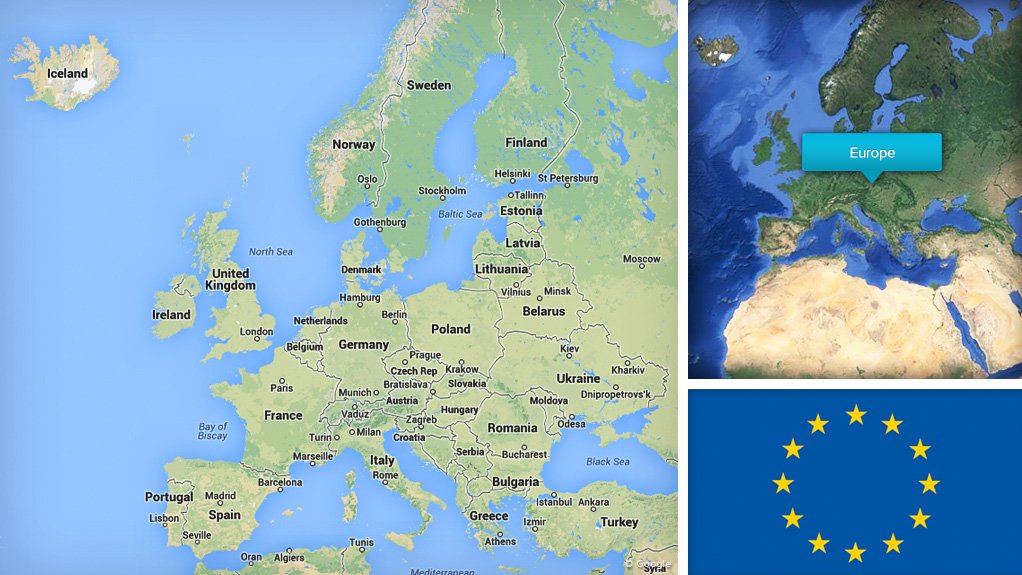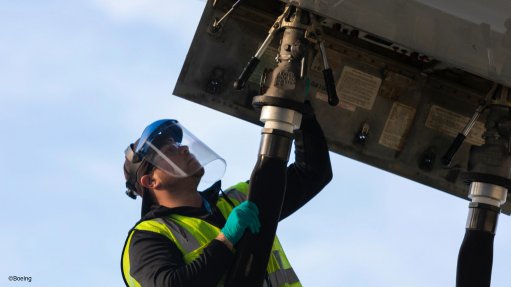Trans-European Transport Network project, European Union
Name and Location
Trans-European Transport Network (TEN-T) project, European Union (EU).
Client
European Commission for Mobility and Transport.
Project Description
The TEN-T project will remove bottlenecks, upgrade infrastructure and streamline crossborder transport operations for passengers and businesses throughout the EU. It will improve connections between different modes of transport and contribute to the EU's climate change objectives.
The new core TEN-T network will be supported by a comprehensive network of routes, feeding into the core network at regional and national level. This will largely be financed by EU member States, with some EU transport and regional funding possibilities, including new innovative financing instruments.
The aim is to ensure that progressively, and by 2050, the majority of Europe's citizens and businesses will not be more than 30 minutes’ travel time away from this comprehensive network.
The TEN-T will comprise nine core corridors:
• The Scandinavian-Mediterranean corridor is an important north–south axis for the EU economy. Crossing the Baltic Sea from Finland to Sweden and passing through Germany, the Alps and Italy, it links the major urban centres and ports of Scandinavia and northern Germany to the industrialised high-production centres of southern Germany, Austria and northern Italy, as well as the Italian ports and Valletta. The most important projects in this corridor are the fixed Fehmarnbelt crossing and the Brenner base tunnel, including their access routes. It extends across the sea from southern Italy and Sicily to Malta.
• The North Sea-Baltic corridor connects the ports of the eastern shore of the Baltic Sea with the ports of the North Sea. The corridor will connect Finland with Estonia by ferry, provide modern road and rail transport links between the three Baltic states, and Poland, Germany, the Netherlands and
Belgium. Between the Odra river and German, Dutch and Flemish ports, it also includes inland waterways. The most important project is Rail
Baltica, a European standard-gauge railway line between Tallinn, Riga, Kaunas and north-eastern Poland.
• The North Sea-Mediterranean corridor stretches from Ireland and the north of the UK through the Netherlands, Belgium and Luxembourg to the Mediterranean Sea, in the south of France. This multimodal corridor, comprising inland waterways in Benelux and France, aims to offer not only better multimodal services between the North Sea ports, the Maas, Rhine, Scheldt, Seine, Saone and Rhone river basins, as well as the ports of Fos-sur-Mer and Marseille, but also better interconnection between the British Isles with continental Europe.
• The Baltic-Adriatic corridor is one of the most important trans-European road and railway axes. It connects the Baltic Sea with the Adriatic Sea, through industrialised areas between southern Poland, Vienna and Bratislava, the eastern Alpine region and northern Italy. It comprises important railway projects, such as the Semmering base tunnel and Koralm railway, in Austria, and cross-border sections between Poland, the Czech Republic and Slovakia.
• The Orient/East-Med corridor connects the maritime interfaces of the North, Baltic, Black and Mediterranean seas, optimising the use of the ports concerned and the related ‘Motorways of the Sea’. Including Elbe as an inland waterway, it will improve the multimodal connections between northern Germany, the Czech Republic, the Pannonian region and south-east Europe. It extends across the sea from Greece to Cyprus.
• The Rhine-Alpine corridor is one of the busiest freight routes in Europe, connecting the North Sea ports of Rotterdam and Antwerp to the Mediterranean basin, in Genoa, through Switzerland and some of the major economic centres in the Rhein-Ruhr and Rhein-Main-Neckar regions, as well as Milan, in northern Italy. This multimodal corridor includes the Rhine as inland waterway. Key projects are the partly completed base tunnels, in Switzerland, and their access routes in Germany and Italy.
• The Atlantic corridor links the west of the Iberian Peninsula and the ports of Le Havre and Rouen to Paris, and proceeds to Mannheim/Strasbourg through high-speed and parallel conventional rail line, including the Seine as an inland waterway. The maritime dimension plays a crucial role in this corridor.
• The Rhine-Danube corridor, with the Main and Danube waterways as its backbone, connects the central regions around Strasbourg and Frankfurt through southern Germany to Vienna, Bratislava, Budapest and the Black Sea, with an important branch from Munich to Prague, Zilina, Kosice and the Ukrainian border.
• The Mediterranean corridor links the Iberian Peninsula with the Hungary-Ukraine border. It follows the Mediterranean coastlines of Spain and France, crosses the Alps towards the east through northern Italy, and then from the Adriatic coast, in Slovenia, and Croatia, towards Hungary. Apart from the Po river and some other canals in northern Italy, it consists of road and rail. Key railway projects along this corridor are the links from Lyon to Turin and Venice to Ljubljana.
Value
The project has a budget of €24.05-billion up to 2020.
Duration
Not stated.
Latest Developments
Non stated.
Key Contracts and Suppliers
None stated.
On Budget and on Time?
Not stated.
Contact Details for Project Information
European Commission director-general for mobility and transport, email move-infos@ec.europa.eu.
Scandinavian-Mediterranean corridor European Coordinator Pat Cox, email Leo.Huberts@ec.europa.eu.
North Sea-Mediterranean corridor European coordinator Péter Balázs, email Andreas.Faergemann@ec.europa.eu.
Baltic-Adriatic corridor European coordinator Kurt Bodewig, email kurt.bodewig@ec.europa.eu.
Orient/East-Med corridor, Mathieu Grosch, email mathieu.grosch@ec.europa.eu.
Rhine-Alpine corridor European coordinator Paweł Wojciechowski, email lukasz.wojtas@ec.europa.eu.
Atlantic corridor European coordinator Carlo Secchi, email carlo.secchi@ec.europa.eu.
Rhine-Danube corridor European coordinator Karla Peijs, email Karla-Maria-Henriette.PEIJS@ec.europa.eu.
Mediterranean corridor European coordinator Laurens Jan Brinkhorst, email move-coord-brinkhorst@ec.europa.eu.
Comments
Press Office
Announcements
What's On
Subscribe to improve your user experience...
Option 1 (equivalent of R125 a month):
Receive a weekly copy of Creamer Media's Engineering News & Mining Weekly magazine
(print copy for those in South Africa and e-magazine for those outside of South Africa)
Receive daily email newsletters
Access to full search results
Access archive of magazine back copies
Access to Projects in Progress
Access to ONE Research Report of your choice in PDF format
Option 2 (equivalent of R375 a month):
All benefits from Option 1
PLUS
Access to Creamer Media's Research Channel Africa for ALL Research Reports, in PDF format, on various industrial and mining sectors
including Electricity; Water; Energy Transition; Hydrogen; Roads, Rail and Ports; Coal; Gold; Platinum; Battery Metals; etc.
Already a subscriber?
Forgotten your password?
Receive weekly copy of Creamer Media's Engineering News & Mining Weekly magazine (print copy for those in South Africa and e-magazine for those outside of South Africa)
➕
Recieve daily email newsletters
➕
Access to full search results
➕
Access archive of magazine back copies
➕
Access to Projects in Progress
➕
Access to ONE Research Report of your choice in PDF format
RESEARCH CHANNEL AFRICA
R4500 (equivalent of R375 a month)
SUBSCRIBEAll benefits from Option 1
➕
Access to Creamer Media's Research Channel Africa for ALL Research Reports on various industrial and mining sectors, in PDF format, including on:
Electricity
➕
Water
➕
Energy Transition
➕
Hydrogen
➕
Roads, Rail and Ports
➕
Coal
➕
Gold
➕
Platinum
➕
Battery Metals
➕
etc.
Receive all benefits from Option 1 or Option 2 delivered to numerous people at your company
➕
Multiple User names and Passwords for simultaneous log-ins
➕
Intranet integration access to all in your organisation





















